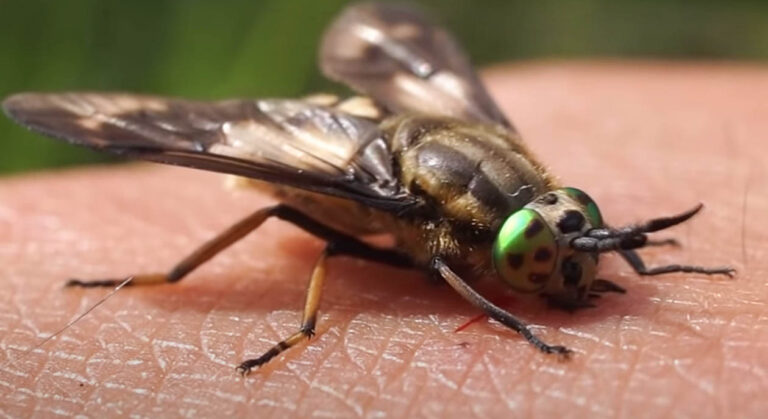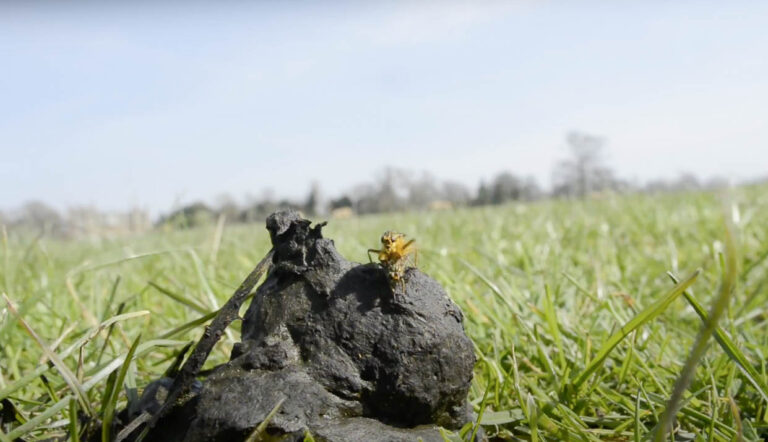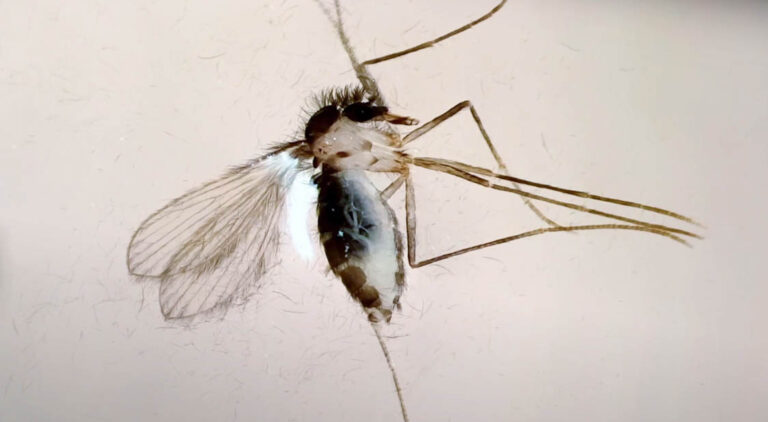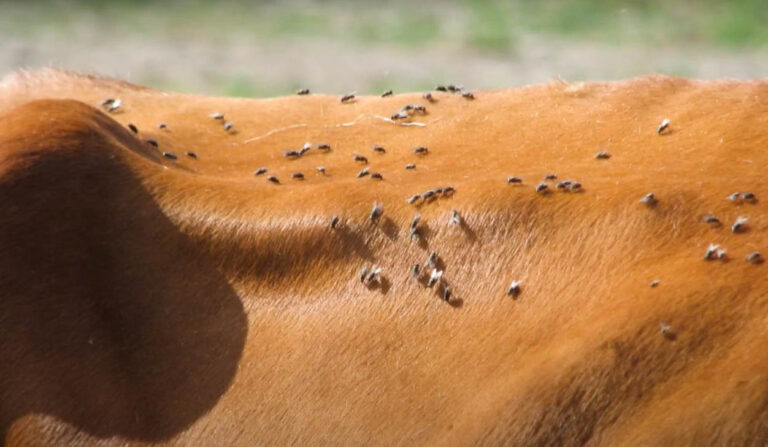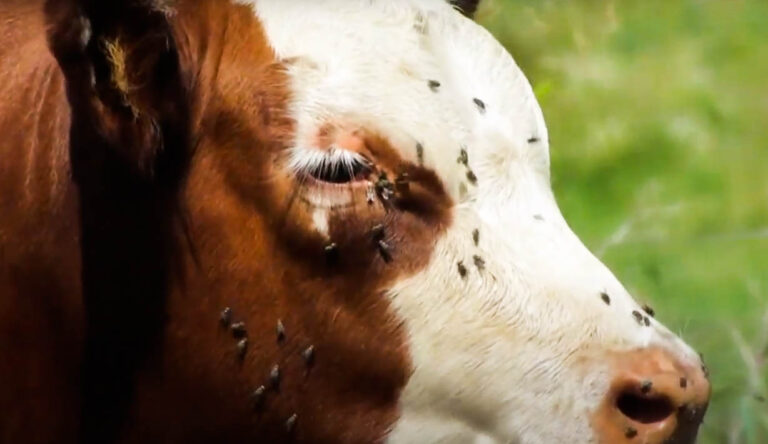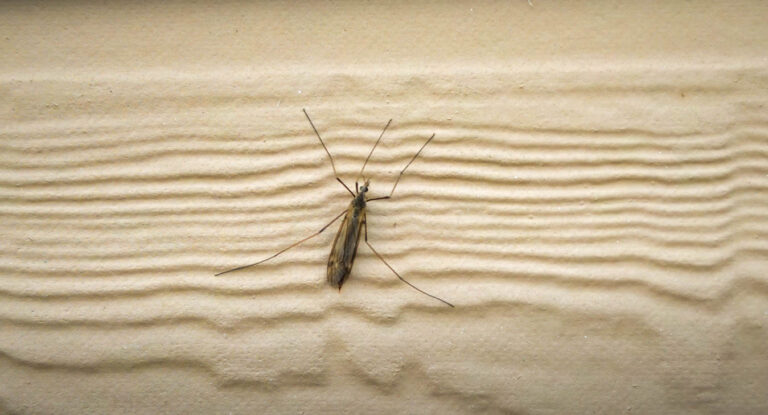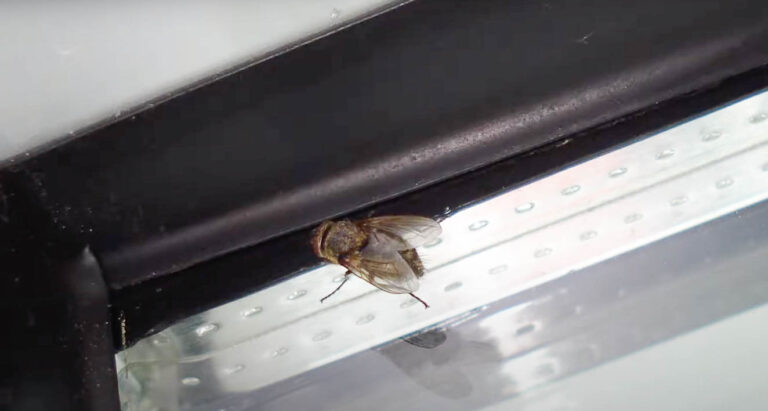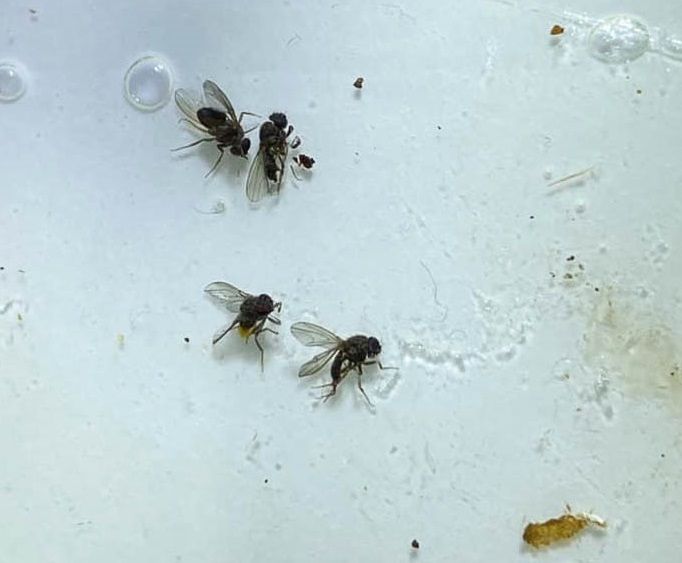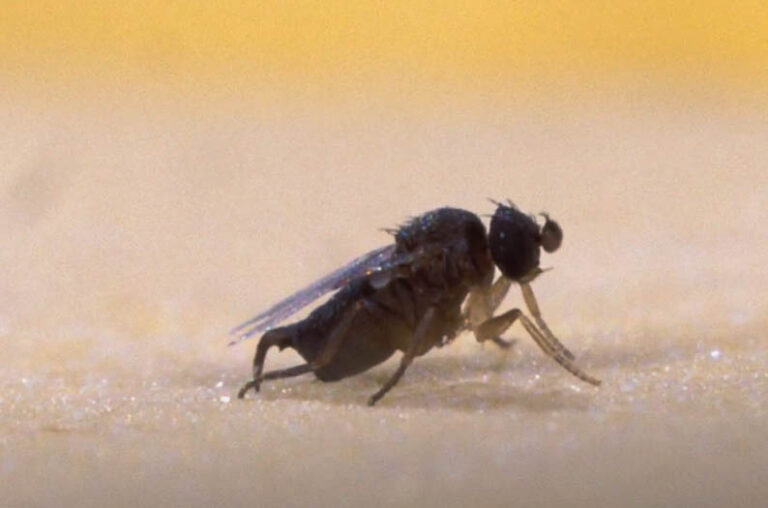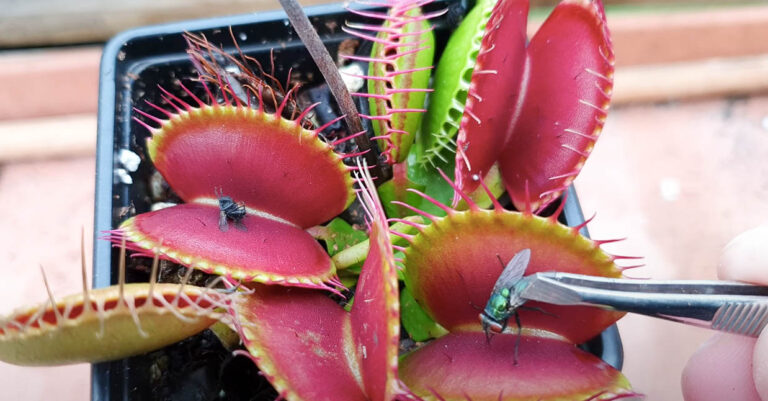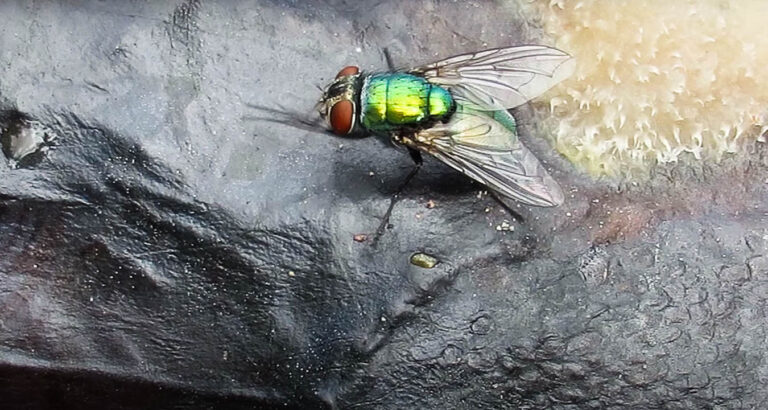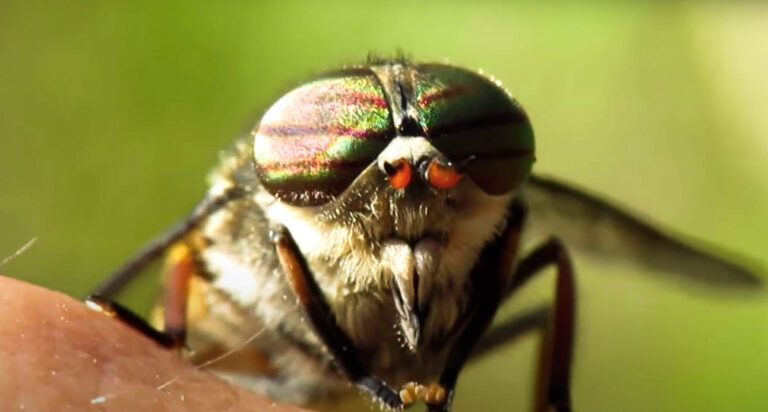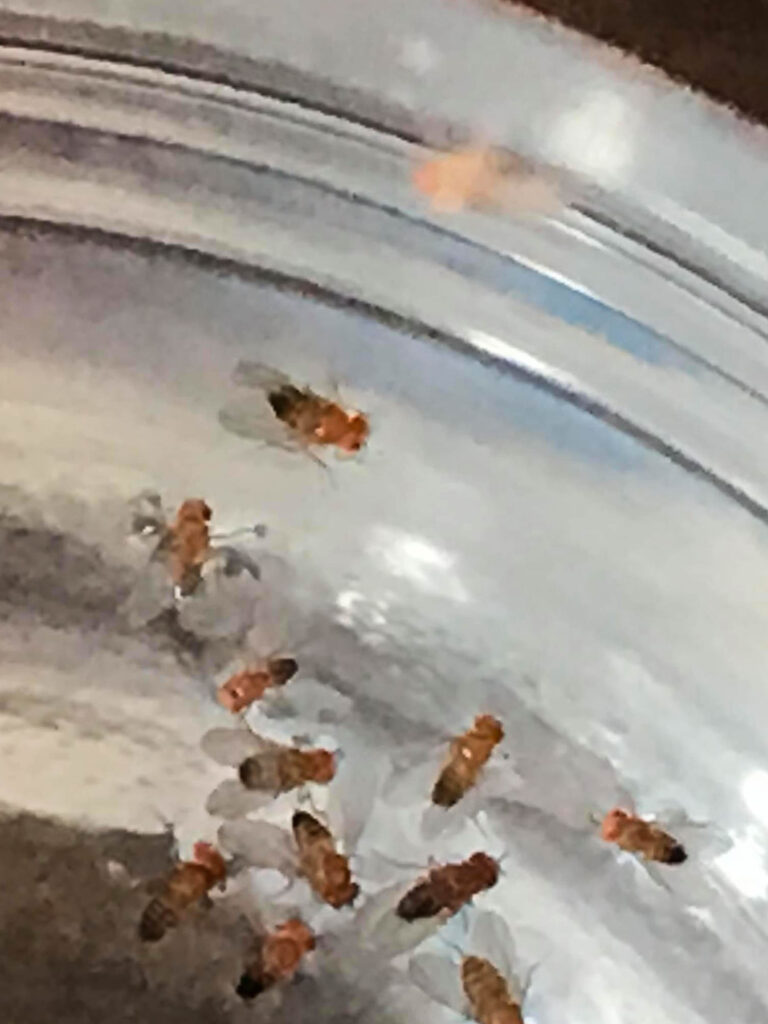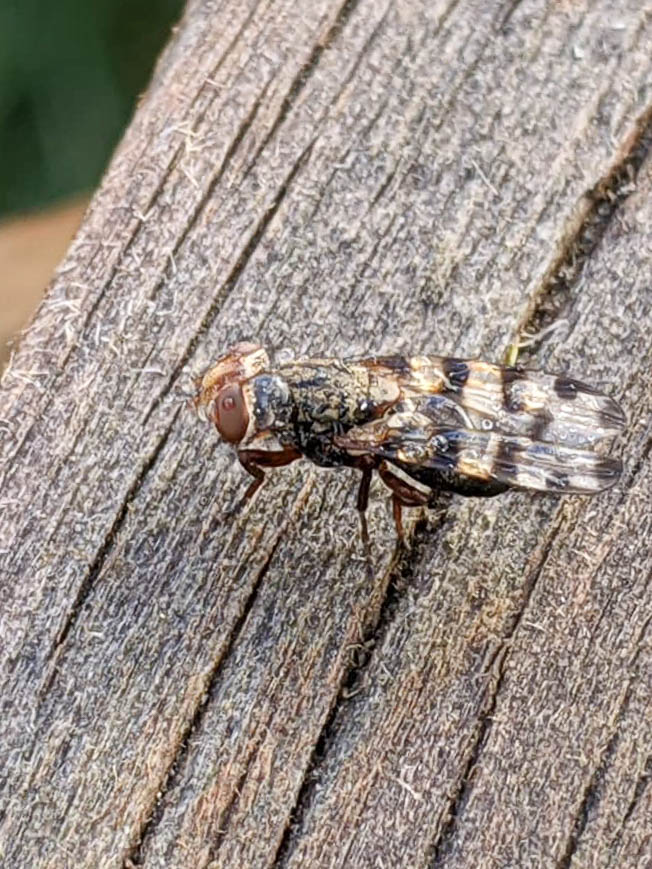About the Yellow Fly
Biting flies are a persistent menace in all their forms. Those not used to them may be surprised at the sheer variety of flies that bite. These flies, like mosquitoes, obtain the protein needed to lay eggs by obtaining the flesh and blood of other animals. So not only are they buzzing around annoyingly, but they also bite, which is not more annoying but also potentially dangerous. One such type of biting fly is the yellow fly.
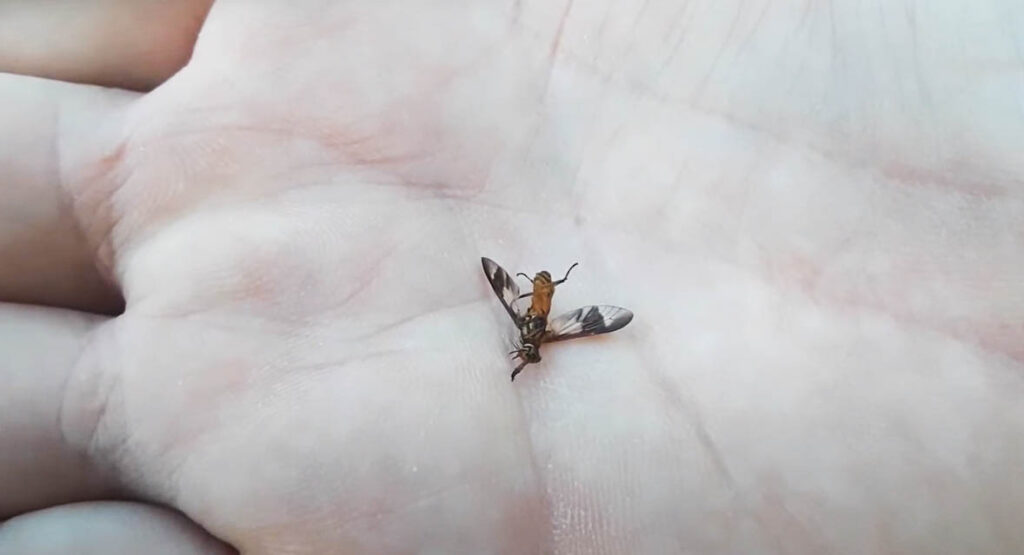
Appearance
Yellow flies are as the name suggests, bright yellow in body color. They have clear, veiny wings and big eyes. In terms of size, they’re relatively average, being smaller than a deer fly but larger than a housefly. In Belize, they’re known as doctor flies.
Behavior
Yellow flies are related to horse flies, and though they’re a lot smaller, they’re just as aggressive. These flies are incredibly aggressive and persistent biters. As with most biting flies, it’s only the females that bite because they need the blood and flesh for protein to produce eggs. The males eat pollen and nectar. The bite of yellow flies is especially nasty because it can create painful swells and welts. These welts are itchy and can lead to infections. They can also spread disease with their bites, just like other biting flies and insects. Yellow flies release an anti-coagulant with their bites to promote blood flow, which can cause reactions in some people. In general, these flies are not pleasant to have around.
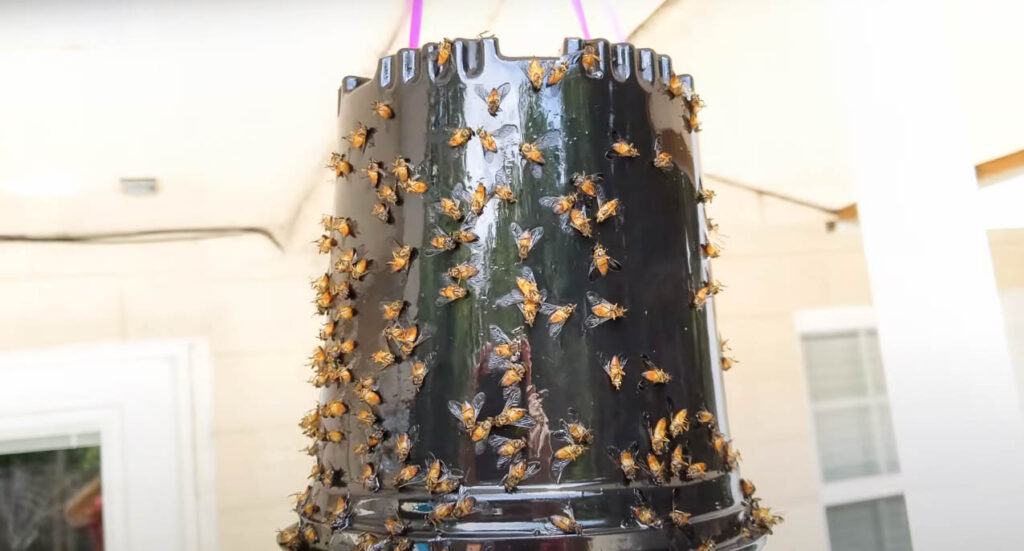
Life cycle
Yellow flies live a partially aquatic life, similar to mosquitoes. They tend to inhabit moist areas around bodies of water or cypress groves. Thus, they have a wide range and can be found across North and South America in a variety of locations, as alluded to earlier by their presence in Belize. Females tend to lay their eggs in shaded, watery areas so the larva can swim about and frolic.
The larva themselves eat decaying stuff, which helps explain their tendency to breed in hot and humid environments. The eggs, incidentally, take anywhere from five to twelve days to hatch. Though laid near water, the eggs themselves are placed somewhere relatively dry near the water for the larva to hatch and drop or crawl into on their own. Yellow flies are pretty long-lived for a fly species, as an average year will only see a couple of generations. They tend to breed in the summer and autumn and are notorious for breeding quickly if conditions permit.
They are in fact a constant problem in hot and humid environments like Florida, which necessitate careful and thorough pest control on a regular basis. Fortunately, as they breed in a similar manner to mosquitoes, such methods are pretty effective at curtailing their populations.
Habitat
As previously mentioned, yellow flies inhabit damp water areas and regions. They can be found across South and North America in locations as varied as Florida, Texas, and, once again, Belize. They are a fast-breeding, voracious, and persistent biting fly that can easily become an overwhelming infestation if left alone. Though the fact they prefer wet areas means they can be a limited threat to some, as mentioned earlier they can be a serious pain in swampy and humid regions like the Caribbean or Florida. Traps and repellents will work on a small and large scale, and those who live in areas with known yellow fly populations can wear clothes to cover their skin to avoid getting bitten in the first place.
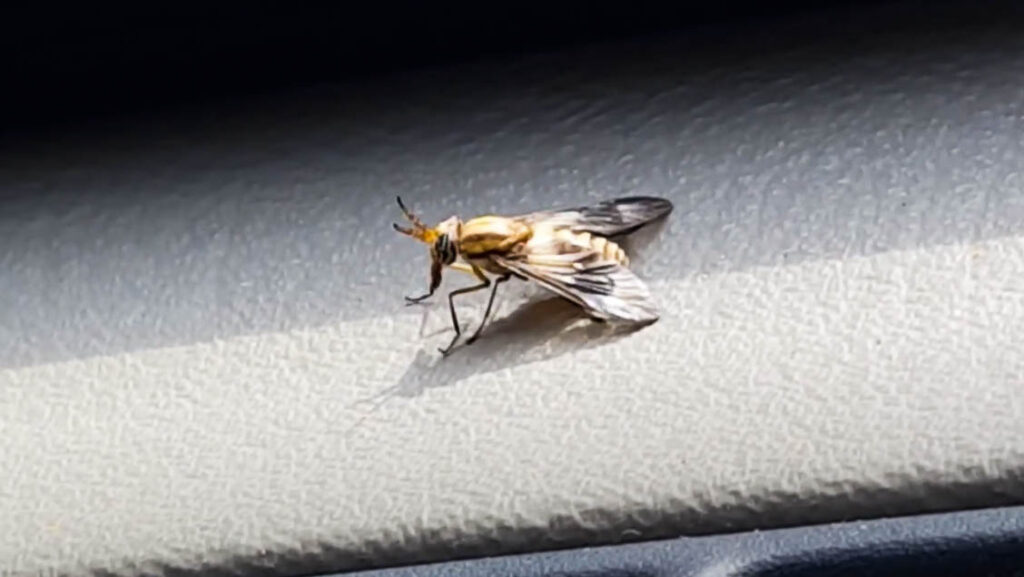
Yellow flies are aggressive despite their smaller size, and the females are infamous for the pain and danger of their bites. The bite wounds can become infected and itchy, the anti-coagulant the flies use can cause reactions, and the flies can spread disease through biting multiple targets. Pest control and vigilance are needed to ensure yellow flies don’t become an infestation in your area, especially if there’s a decently sized body of water near your home.

